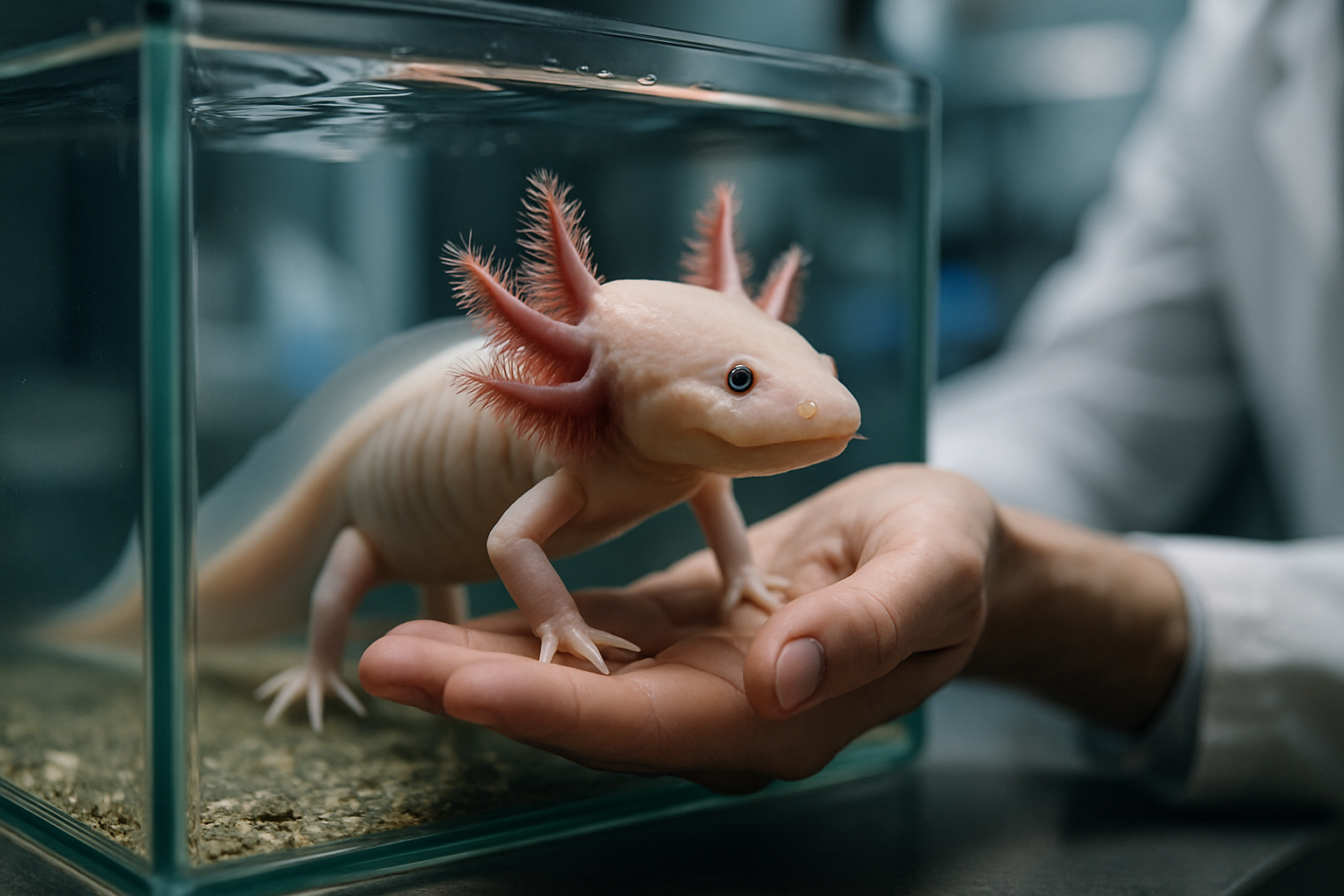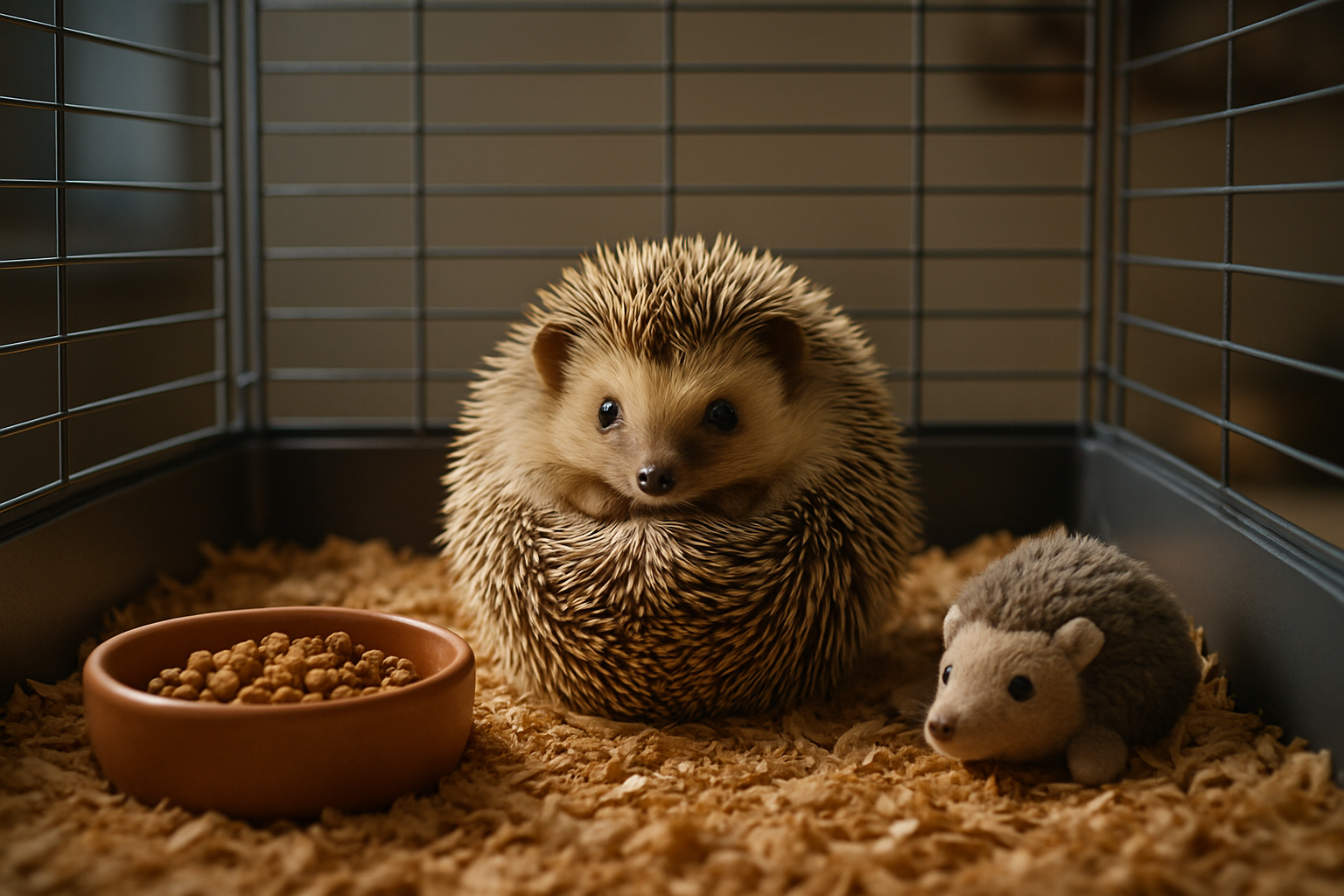Exploring the Enigmatic World of Axolotls: Nature's Regeneration Masters
The peculiar charm of axolotls has captivated scientists and pet enthusiasts alike. These unique amphibians, native to Mexico, possess an extraordinary ability to regenerate lost body parts, including vital organs. Beyond their scientific significance, axolotls have become increasingly popular as exotic pets, sparking both fascination and concern. This article delves into the captivating world of axolotls, exploring their biology, conservation status, and the growing trend of keeping them as pets.

The axolotl’s regenerative powers are unparalleled in the animal kingdom. They can regrow entire limbs, including bones, muscles, and nerves, in a matter of months. This remarkable ability extends to their organs, including parts of their brain and heart. Scientists have been studying axolotls for decades, hoping to unlock the secrets of their regenerative abilities and potentially apply this knowledge to human medicine.
Conservation Challenges: A Species on the Brink
Despite their resilience and regenerative abilities, axolotls face severe threats in their natural habitat. The urbanization of Mexico City has led to significant pollution and habitat destruction in Lake Xochimilco. Additionally, the introduction of invasive species, such as tilapia and carp, has further compromised the axolotl population. As a result, these extraordinary creatures are now critically endangered in the wild.
Conservation efforts are underway to protect the remaining wild axolotl population. These initiatives include habitat restoration, captive breeding programs, and public awareness campaigns. However, the challenges are significant, and the future of wild axolotls remains uncertain. The irony lies in the fact that while axolotls are thriving in laboratories and as pets worldwide, their wild counterparts are on the brink of extinction.
The Rise of Axolotls as Exotic Pets
In recent years, axolotls have gained popularity as exotic pets, particularly among aquarium enthusiasts. Their unique appearance, with external gills resembling a crown and a perpetual smile, has earned them a devoted following. The trend of keeping axolotls as pets has grown significantly, with breeders and pet stores offering various color morphs, including albino, leucistic, and wild-type.
The price range for pet axolotls can vary widely, typically ranging from $30 to $100 for common morphs. Rare color variations or high-quality specimens from reputable breeders can command higher prices, sometimes exceeding $200. The growing demand for axolotls as pets has created a niche market, with specialized equipment, food, and care products becoming increasingly available.
Caring for Axolotls: Challenges and Responsibilities
While axolotls can make fascinating pets, their care requirements are specific and demanding. These aquatic creatures require a carefully maintained habitat that mimics their natural environment. A spacious aquarium with cool, clean water and appropriate filtration is essential. Axolotls are sensitive to water quality and temperature, necessitating regular monitoring and maintenance.
Feeding axolotls can be challenging, as they require a diet of live or frozen foods such as bloodworms, brine shrimp, and small fish. Their carnivorous nature and unique feeding behavior, which involves sucking in their prey whole, require careful consideration when choosing appropriate food items. Additionally, axolotls are known for their poor eyesight and may accidentally ingest substrate or tank decorations, making tank setup crucial for their well-being.
The Ethical Dilemma: Pet Trade vs. Conservation
The growing popularity of axolotls as pets presents an ethical dilemma. On one hand, captive breeding for the pet trade has contributed to maintaining genetic diversity and raising awareness about these unique creatures. Many axolotl enthusiasts become passionate advocates for their conservation. On the other hand, the pet trade could potentially impact wild populations if not properly regulated.
Responsible pet ownership and education are crucial in addressing this dilemma. Prospective axolotl owners should be well-informed about their care requirements and the species’ conservation status. Purchasing captive-bred axolotls from reputable breeders is essential to avoid supporting any potential wild collection. Furthermore, axolotl owners can contribute to conservation efforts by participating in citizen science projects and supporting organizations dedicated to protecting these remarkable creatures in their natural habitat.





